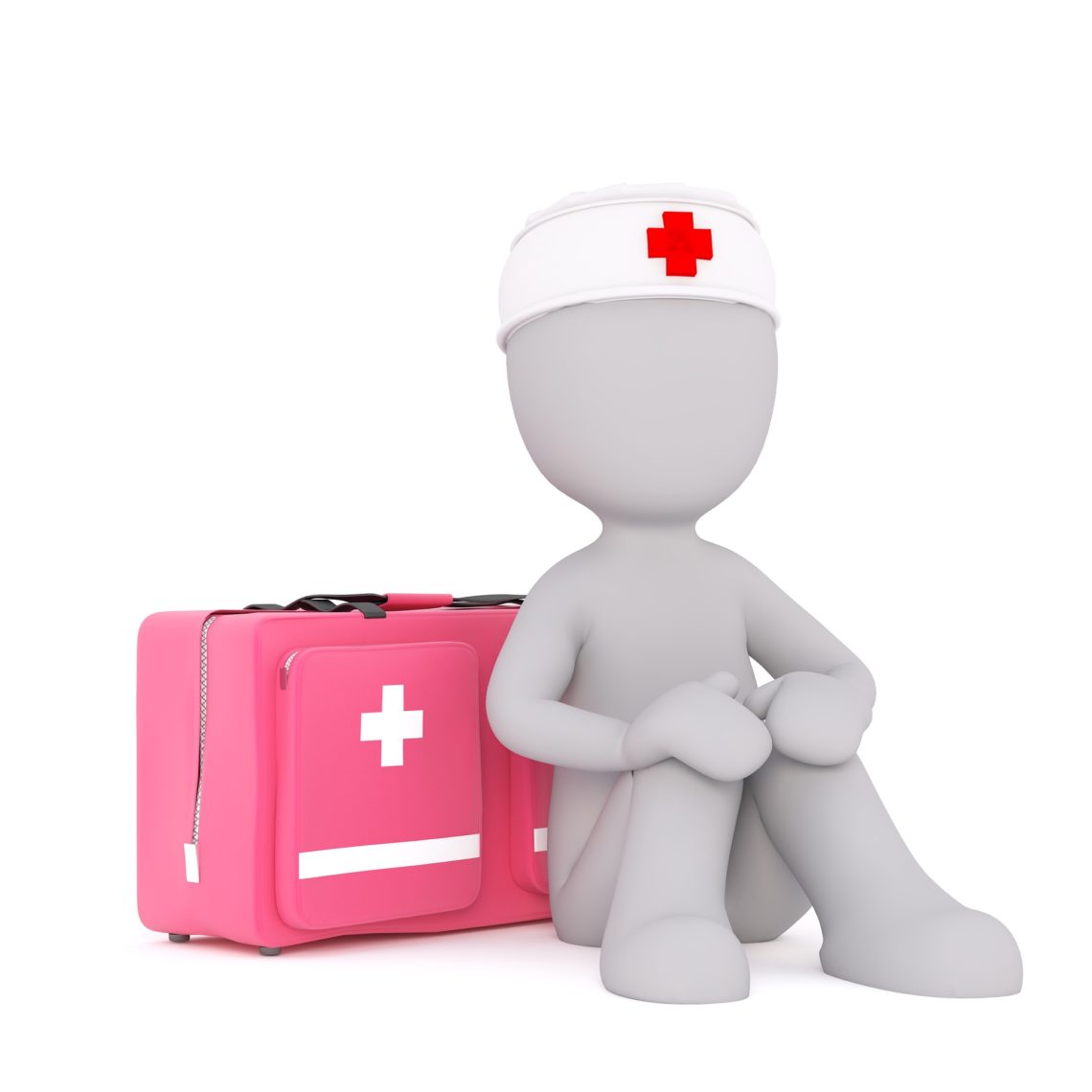Having first aid facilities at any workplace is essential. All your employees must have access to proper equipment and an adequate number of trained first aiders at all times; they would then provide first aid to anyone who needs it.
What are your needs?
The type of equipment that you require and the appropriate number of trained first aiders depends on the location of your site. The hazards and risks that your staff may be exposed to while carrying out their day to day jobs, should also be considered.
Generally, the best practice is to conduct a risk assessment for determining first aid needs. During the process, consult with your workers and take their opinion. A risk assessment procedure has three main phases: Identify, Assess and Review.
Who is a first aider?
A first aider is a trained professional who has successfully underdone an accredited training course and has the competencies and skills which are required for administering first aid. Generally, you should have one first aider per 25 staff members who are exposed to high risks. If the risks involved are low, then even one first aider per 30 employees is acceptable.
If the site is shared among many businesses or if you are a tenant in a larger complex like a shopping centre, then you can consult with other businesses and tenants, and find out about first aid equipment and aiders. If they allow you access or if you decide to share first aid facilities, then it is fine; the main requirement is that your workers should have access to first aid.
What does a first aid kit contain?
Workers must be able to access a first aid kit as well in addition to trained aiders. Generally, at least one first aid kit must be present at your site at all instances, and multiple kits may be required if the workplace is large.
A standard kit should include basic equipment that is required for administrating first aid. As already mentioned, a risk assessment process can help you decide components thatmay be required by your workers in case of an emergency, and therefore, should be included in your first aid kit.
Considering the shape and size, there aren’t any hard and fast rules, but the kit should be big enough to accommodate all necessary items. Every kit must be marked with the first aid logo, and made from a material, capable of protecting the equipment from dust and moisture.
You should also assign someone the duty of maintaining the first aid kit; usually, this is a trained first aider.
What other facilities are required?
Additional equipment may be necessary, depending on the type of injuries that may occur at your workplace. For instance, you may require an eyewash, shower equipment and an automated defibrillator if your workplace is exposed to electrocution risks.
Should your employees be greater than 100, and the risk levels are high, then you should even have a separate first aid room. For low-risk levels, a separate room is required when workers are more than 200.
Want more information about first aid at the workplace? Reach out to us at WHSE Consulting.
